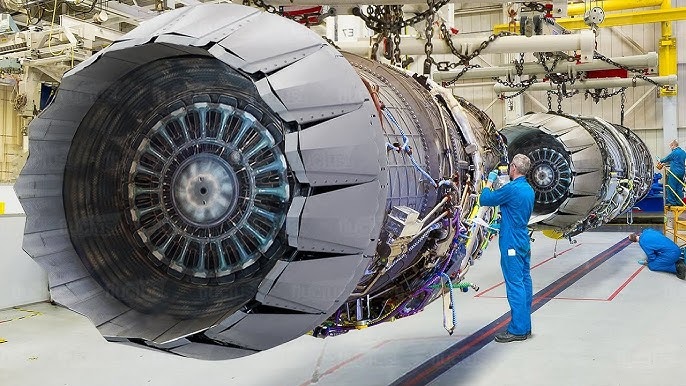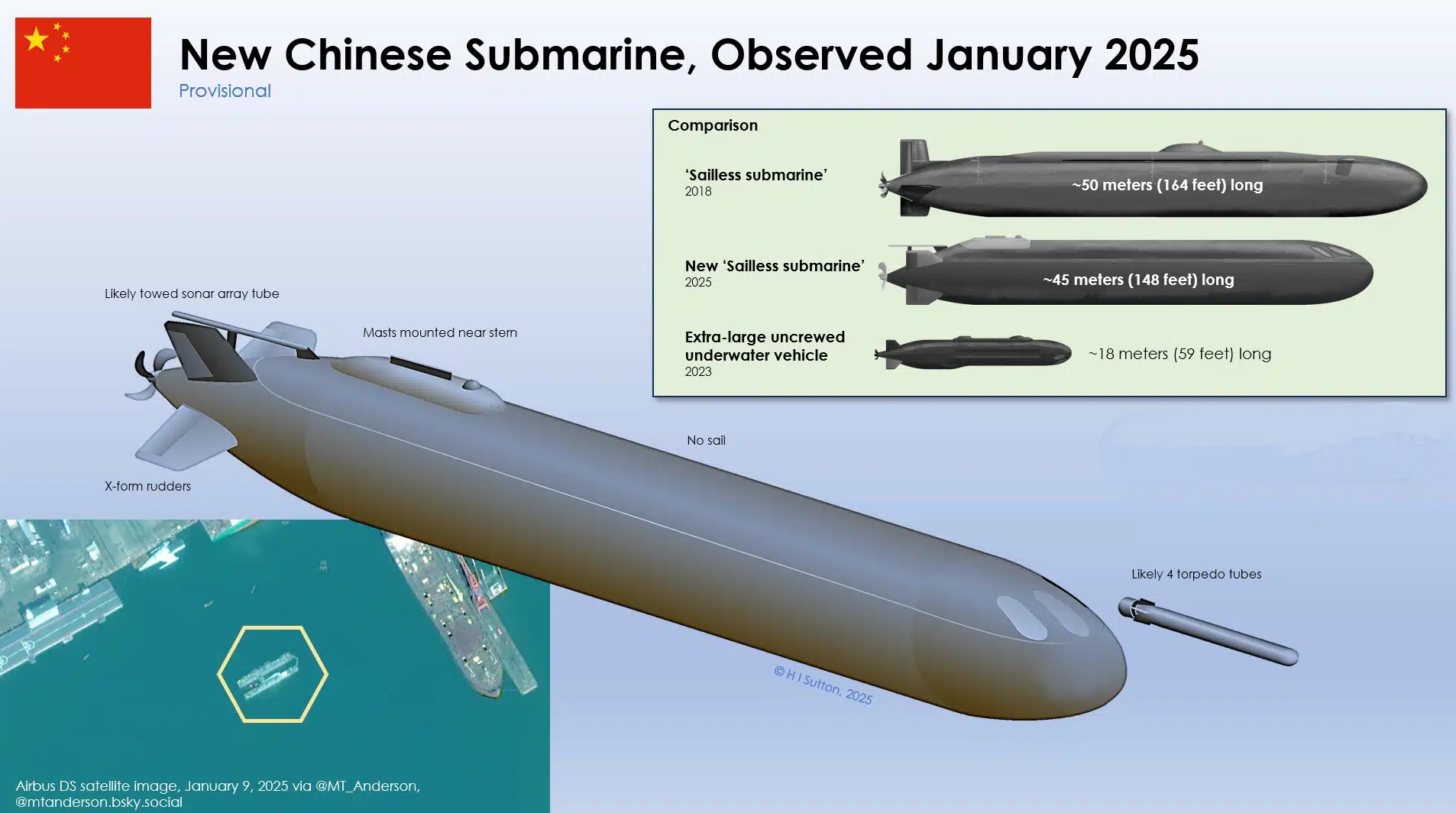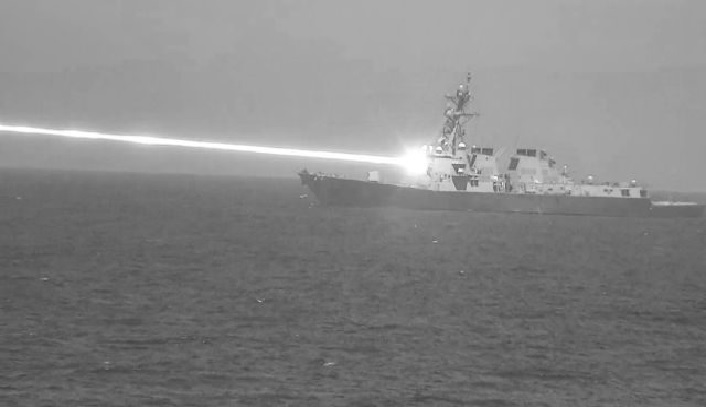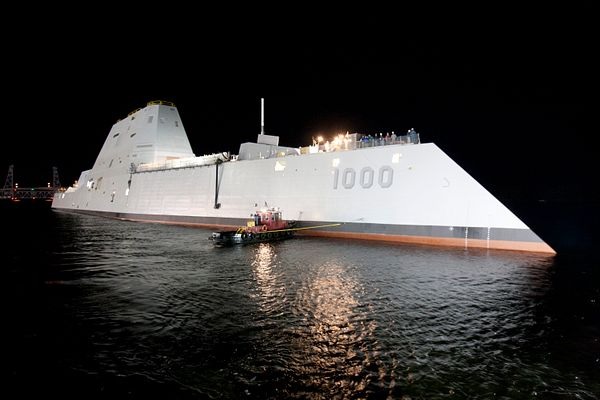India’s Jet Engine Technology Transfer Deal with the US Faces Challenges Amid Cost Hike

The much-anticipated agreement for transferring fighter jet engine technology from the United States to India has hit a significant roadblock due to an unexpected rise in costs. This development follows detailed technical discussions between the US-based General Electric (GE) Aviation and Hindustan Aeronautics Limited (HAL), the designated Indian partner for the project. While negotiations continue, insiders reveal that the initial estimate of $1 billion is likely to climb, requiring the Indian Ministry of Defence to reassess and approve the revised cost framework.
Key Features of the Technology Transfer
The deal focuses on the transfer of over 80% of the advanced technology behind the GE F414 INS6 engines. This includes crucial components and processes like:
- Hot-end coatings to improve thermal resistance and durability.
- Single-crystal turbine blades, known for their ability to withstand extreme temperatures.
- Laser drilling technology used for precise cooling mechanisms in turbine blades.
The agreement also includes establishing a manufacturing line in India, with HAL tasked with producing an initial batch of 99 engines. These engines are set to power the Tejas Mk2 variant of the Light Combat Aircraft (LCA), a critical component of the Indian Air Force’s modernization plans.
Implications for India’s Defense Manufacturing
The engines produced under this agreement will initially meet the requirements for 120-130 Tejas Mk2 fighters, with potential orders expected to exceed the initial 99 units. Additionally, the GE F414 is slated to power the upcoming twin-engine deck-based fighter jets for the Indian Navy. It will also be used in the first two squadrons of India’s Advanced Medium Combat Aircraft (AMCA), a fifth-generation multirole fighter currently under development.
To support this production, HAL has earmarked land in Bengaluru for a state-of-the-art facility. Plans are in place to operationalize the facility within two years of finalizing the agreement, ensuring timely delivery to the armed forces.
Challenges in Defense Deals
The rising costs associated with this project echo a recurring theme in India’s defense procurements. Similar issues have plagued previous high-profile deals:
- The Rafale fighter jet deal faced years of delays due to disagreements over domestic manufacturing costs with HAL.
- The Scorpene submarine project suffered both time and cost overruns.
- A proposed collaboration with France for developing fifth-generation fighter jet engines stalled due to pricing disputes, lingering unresolved for over eight years.
Strategic Importance
Despite these challenges, the deal with GE Aviation is a cornerstone of India’s efforts to bolster indigenous defense manufacturing under the "Make in India" initiative. Producing advanced jet engines domestically is not just a technological leap but also a strategic necessity, reducing dependence on foreign suppliers and ensuring self-reliance in critical defense technologies.
The Path Ahead
Negotiations are ongoing to resolve the pricing issues, and both sides are committed to finalizing the deal. Given the potential scale of orders from the Indian armed forces, the agreement promises a significant boost to India’s aerospace capabilities. For HAL, the partnership represents an opportunity to master cutting-edge technologies, positioning it as a global player in jet engine manufacturing.
While hurdles remain, the successful conclusion of this agreement would mark a transformative step for India’s defense sector, enhancing its capabilities to develop, manufacture, and sustain advanced combat platforms for decades to come.



